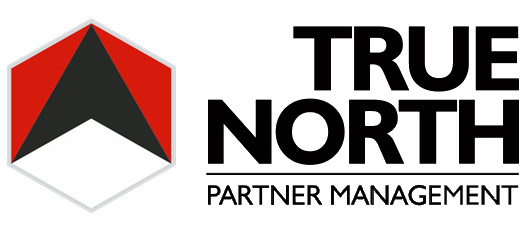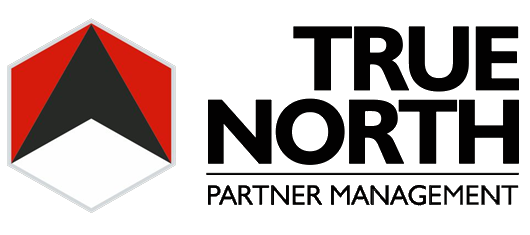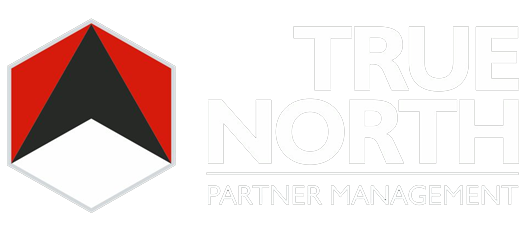The following post originally appeared on Forbes | Oct 22nd, 2013
In what is not just another brick in 2013’s consolidation wall, Cooley LLP, a Palo Alto-based law firm known for its tech, energy and life sciences work is set to absorb 54 lawyers from Dow Lohnes, PLLC. An official press release on Dow Lohnes’s website states that “Cooley LLP announced today that it is combining with Dow Lohnes PLLC’s Washington, DC office. Through the transaction, Cooley will be adding 54 attorneys and many other non‐lawyer professionals and industry specialists to its DC office.” The release goes on to quote Joseph Conroy, CEO of Cooley: “Around DC there was intense competition for this outstanding group of professionals, who have carefully positioned themselves with a view to joining a broader platform. They share a common vision of how our clients’ industries are changing, and we are thrilled to partner with them and shape a stronger future together.”
While Cooley’s performance over the years has been commendable, leaving them in a strong strategic position, Dow Lohnes’s performance has not. The upcoming transaction seems to be the result of deep, but apparent issues, despite PR efforts to paint a rosier-than-real picture. To paraphrase the great Otto von Bismarck, only a fool learns from his own mistakes. So, in honor of Otto, let’s try to glean some lessons from Dow Lohnes’s recent brush with death.
Braille Graffiti
How many lateral defections can a law firm endure before taking a long hard look at itself? I think most would agree that drastic measures should be taken early on; at least once a trend begins to develop. Whether it is poor strategy, culture, management, compensation, or all of the above, when there are major issues abound, the partnership will begin voting with their feet. And once enough of them move, the writing on the wall should be easy to read, shouldn’t it?
Well, over the last three years, internal concerns over firm direction have purged nearly 100 attorneys from the Dow Lohnes roster, equaling almost half their population. Apparently, this wasn’t enough to spur their leadership into action. In fact, regardless of repeated failures by John Byrnes – DL’s Managing Partner – to recognize client loss as the action catalyst, all indicators point to a loss of business from Cox Communication – one of DL’s largest clients – as being the straw that broke the camel’s back.

Defections amidst growth are a nuisance; defections resulting in stagnation are exhausting; defections that result in trending attrition are an ax-wound-of-a-problem. Regardless of leadership’s thoughts on the appropriateness or effectiveness of their firm’s strategy, reputational capital, compensation model, etc., fleeing partners are the canary in the mine. If leadership can’t read the writing on the wall, the partnership will do it for them – pay attention to their feet.
The Jim Jones Effect
Losing this many attorneys naturally begs the question, “why did they leave?” We may never know the full story; non-disparagement agreements and “mergers” usually make mum the word. But, reasonable assumptions can be made, starting with the firm’s reticence toward expansion. Prior to their absorption by Cooley, Dow Lohnes’s only merger was with a two-lawyer tax practice in 1960. In fact, their website articulates a highly conservative approach to growth: “Dow Lohnes’s leaders foresaw that growth for its own sake did not best serve the needs of its clients. Instead, the firm has focused on those areas of the law where it has the greatest depth, experience and reputation. This formula has proved itself since 1918 and continues to guide the firm.”
Now, unless DL is a true boutique – which, admittedly so (see the link) they are not – the strategy of solely focusing on just a core practice was (and is) problematic. Slow, steady and strategic growth is usually a good idea, but stagnation-turned-to-depletion is poison, especially in a continually advancing market. To the discredit of Dow Lohnes’s leadership, this is hardly a novel occurrence and should not have been a surprise.
BigLaw saw widespread domestic mergers taking place in the late 90’s and early 2000’s. Clients were rapidly evolving, demanding not only more comprehensive services, but also a more national footprint – a domestic version of the globalization we are seeing today. Several old, well established firms failed to meet the market’s demands and fell as a result, including, for example, the boutiques of Darby & Darby, Pennie & Edmonds, and Morgan & Finnegan, and the regional “full service” firms of Ginsburg, Feldman & Bress, Bronson, Bronson & McKinnon LLP, and Donovan, Leisure, Newtown & Irvine, LLP.
Dow Lohnes obviously missed, but still survived, the 90’s merger frenzy. Their unique, capable and well positioned regulatory practice carried the day. However, that they are only recently recognizing the market’s demands for a more national presence is difficult to believe. Let’s be honest, there is not a hole deep enough to hide from the ongoing changes in recent legal markets. At this level of play, a lack of action is never rooted in ignorance – a lack of resources, respect, ability or even a salable strategy, maybe – but never ignorance…
Importantly, it was not that Dow Lohnes or any of the aforementioned firms couldn’t respond to the market, but that they wouldn’t – potentially an affect of overly rigid cultures. Attitudes and values are the building blocks of a firm’s psychology, and when they become overly visceral and homogenized, extremities may result – good or bad. Jim Jones never learned this; he was in too deep. Dow Lohnes did learned this, but only in the eleventh hour. Astute leadership needs to be quite familiar with the benefits and limitations of their firm’s culture – not just their goals, objectives, strategies or interests – but their culture in its entirety. This way they can effectively leverage the benefits and adjust for the limitations.



